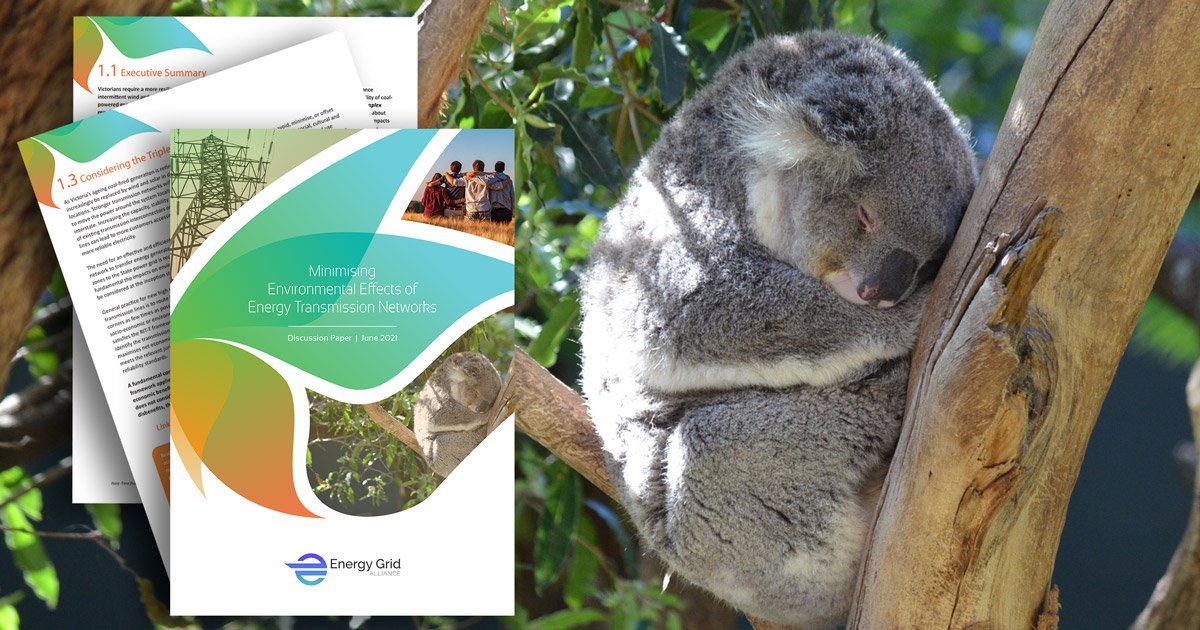Minimising Environmental Effects of Energy Transmission Networks

Purpose of this Paper
The purpose of this paper is to develop consistent investment assessment framework to facilitate early identification of project risks and potential impacts. Applying enhanced regulatory framework during a project’s inception may avoid or mitigate many of the risks associated with selecting broad areas of interest or multiple corridors without truly understanding a project’s impact.
This framework should be applied during the Regulatory Investment Test for Transmission (RIT-T), as well as recently legislated State-regulated Assessment Tests, and also to ‘in development’ projects that have proceeded beyond these tests.
Involving the community in the route selection process and adopting community supported guidelines will further reduce excessive delays resulting from community conflict and push-back.
Mitigating the impacts of energy transmission networks early will simplify the complex energy transmission routing process and will streamline and expedite new network investments.
Section 1 of this paper discusses the current regulatory framework for new energy transmission and proposes enhancements to this framework to improve viability and expedite project delivery. This section also provides an overview of current and future projects where this community supported framework should be applied.
Section 2 of this paper contains a brief discussion of the types of environmental impacts associated with transmission lines. It also includes a summary of key considerations in transmission line route selection and discusses community supported best practices for project design.
Section 3 of this paper discusses widely accepted and community-guided approaches and best practices for assessing and mitigating impacts associated with the routing, siting, construction, and operation of high-voltage energy transmission and associated facilities.
Section 4 of this paper discusses the importance of early community involvement and informs on the benefits of working to acquire and maintain social licence. This section also contains a summary of internationally guided ‘Prudent Avoidance’ practices for siting energy transmission infrastructure.
Feedback is sought from community and industry stakeholders to develop consistent investment assessment framework to facilitate early identification of project risks and potential impacts. Written submissions to the Discussion Paper closes midnight, 30 August 2021.

